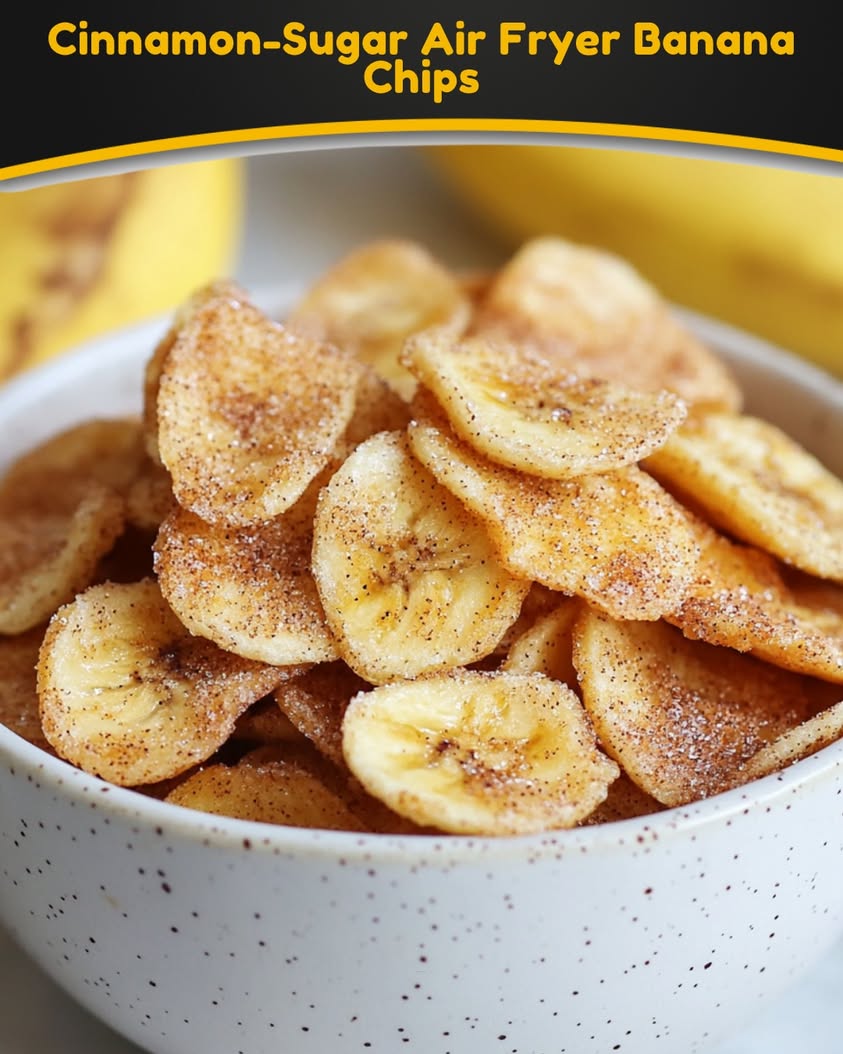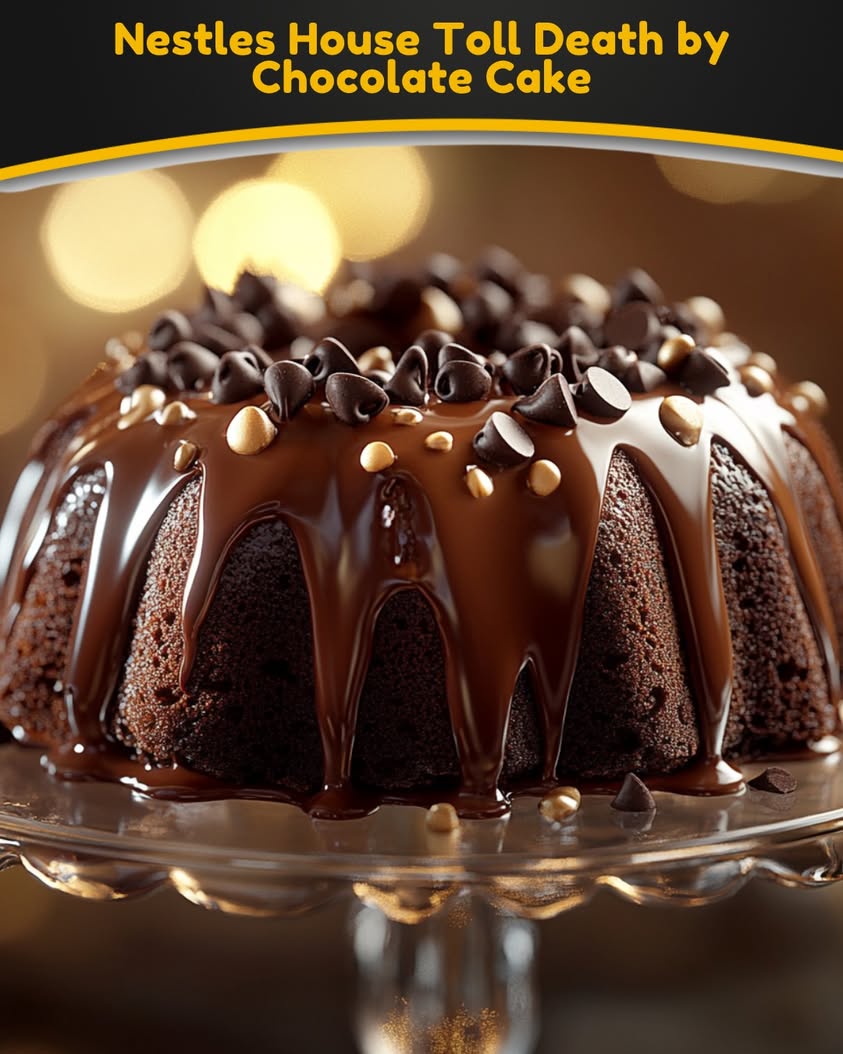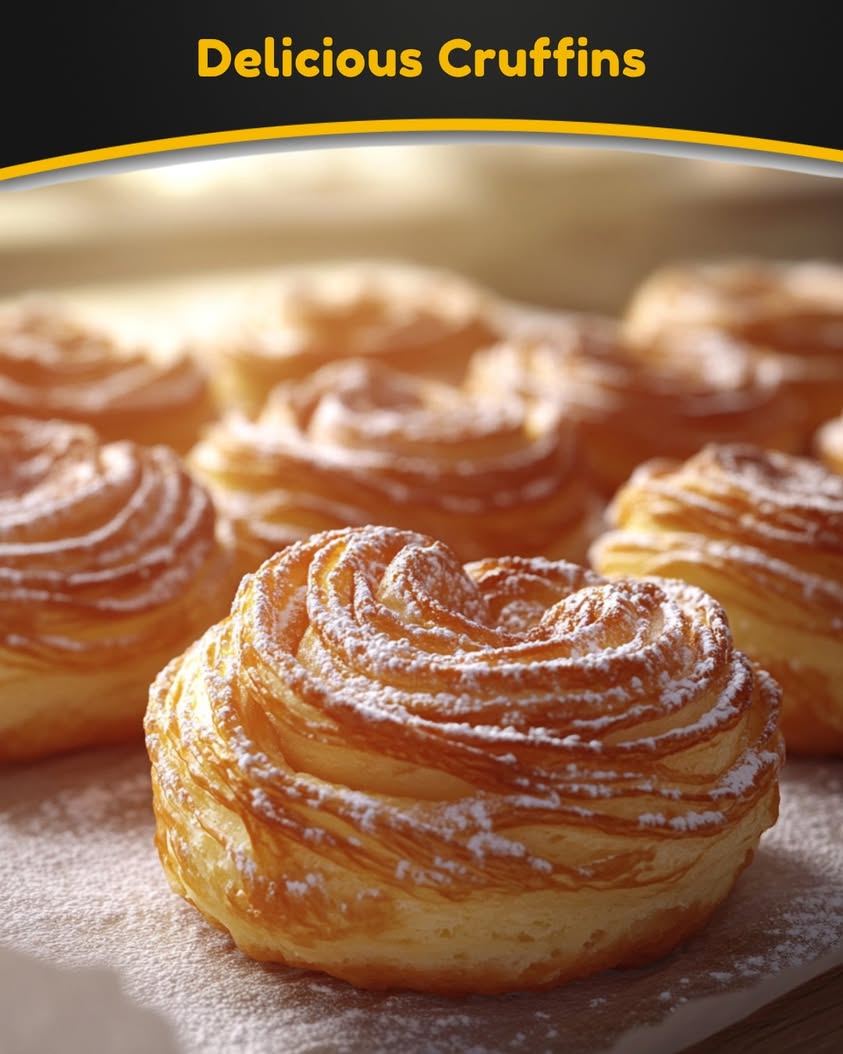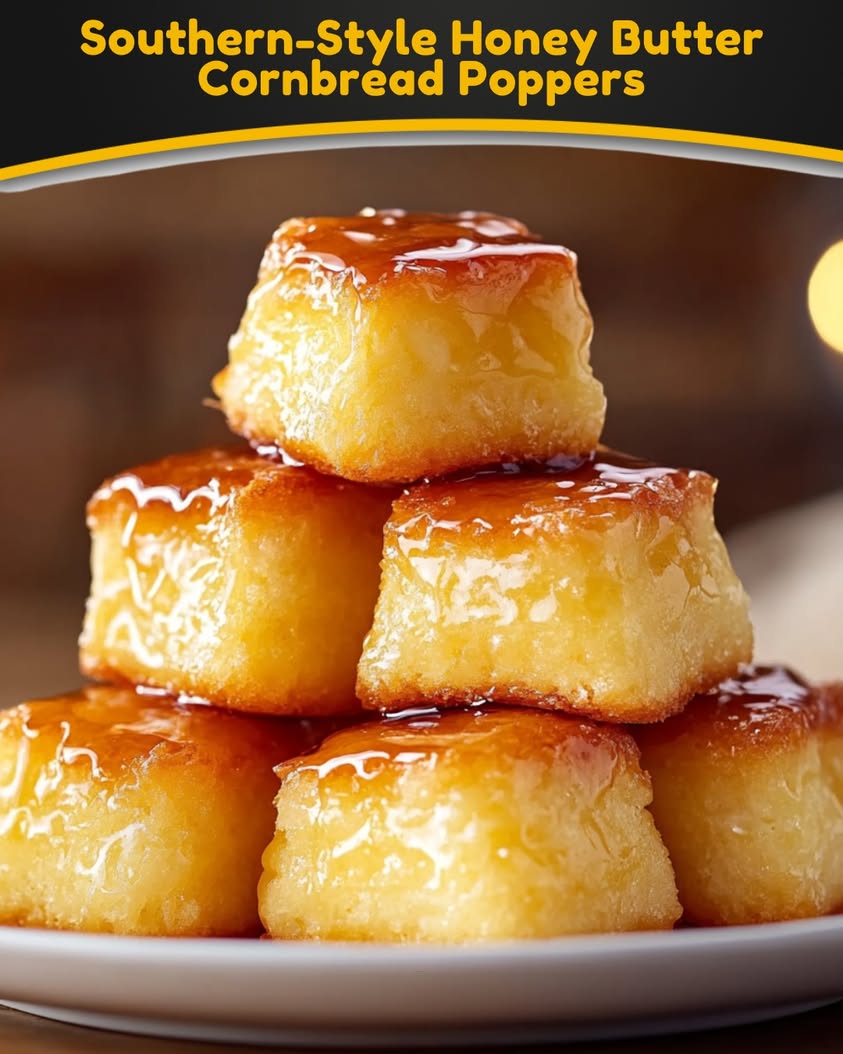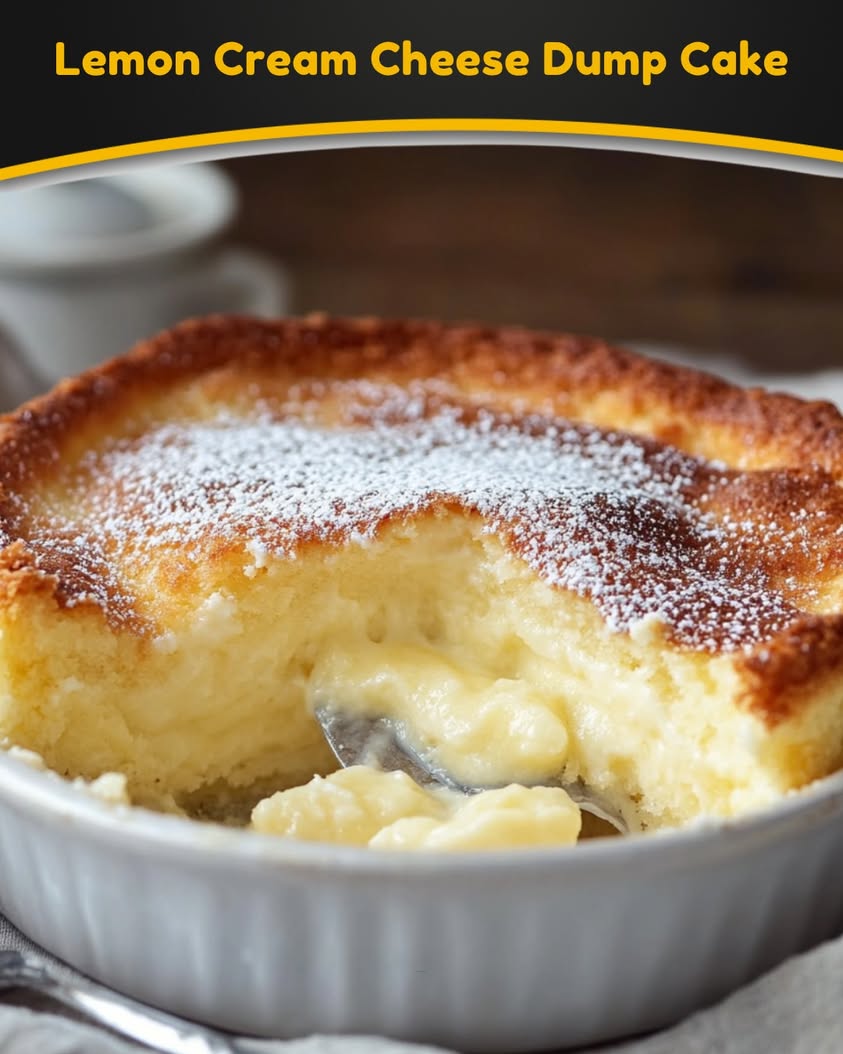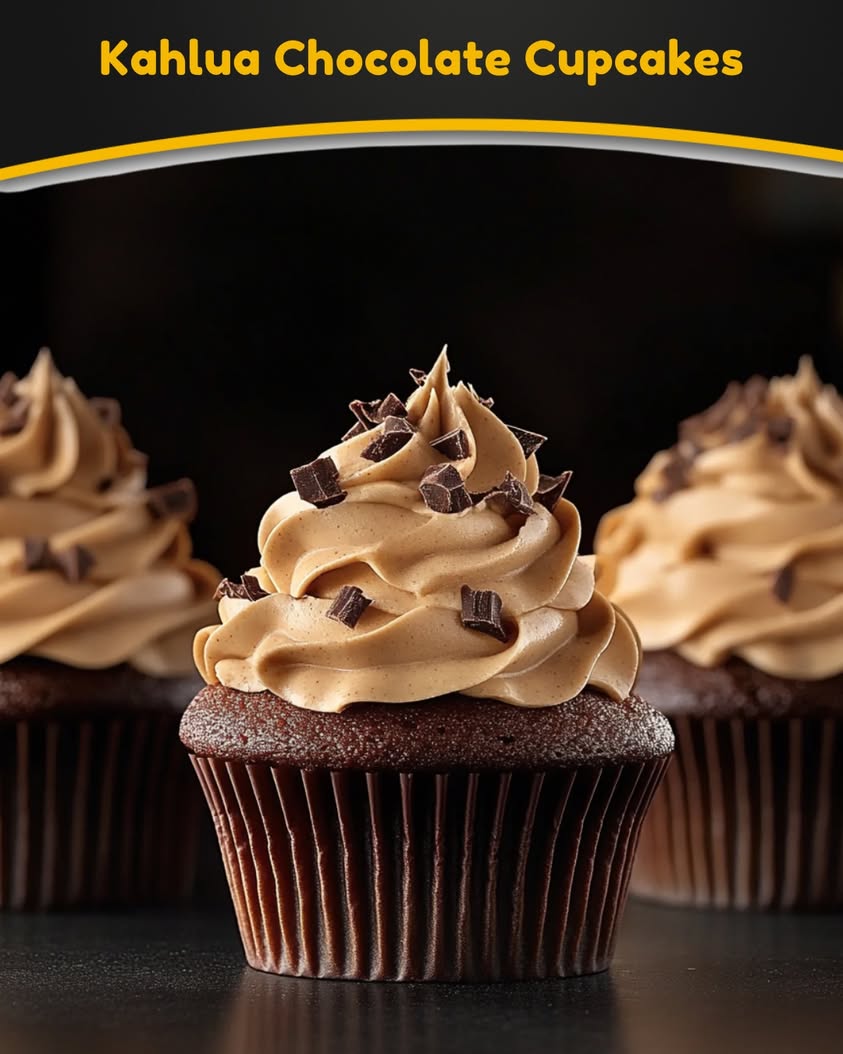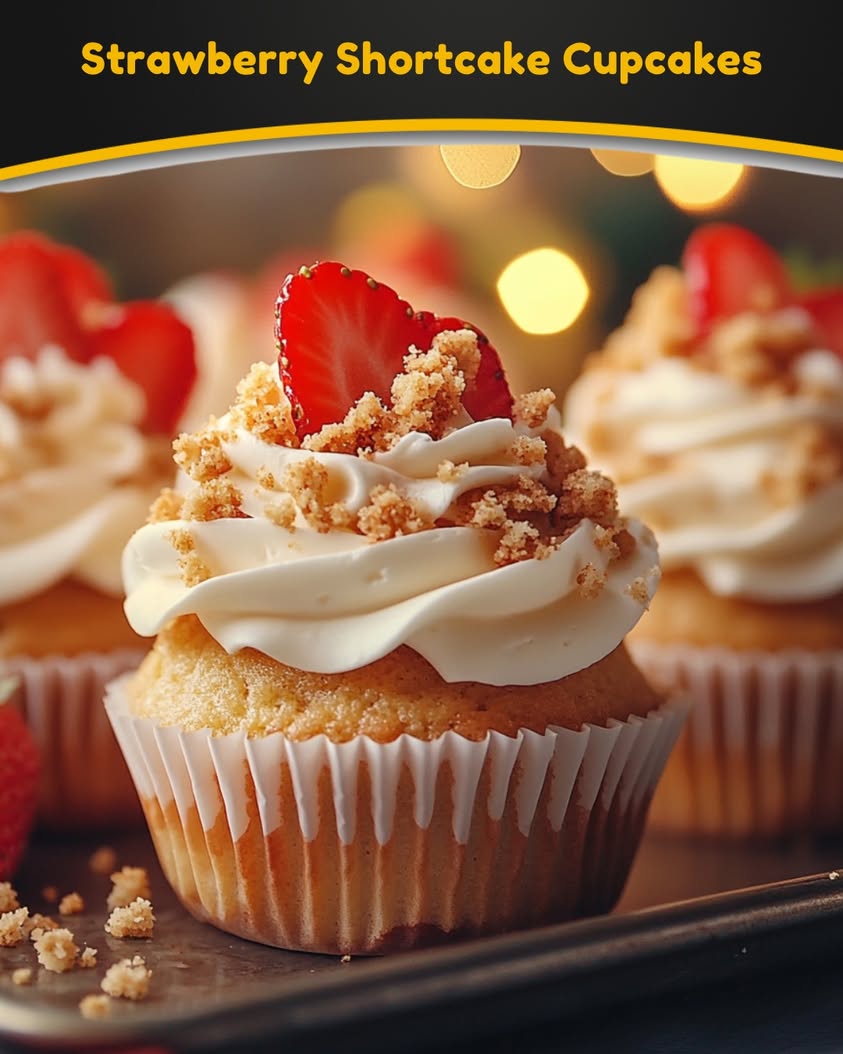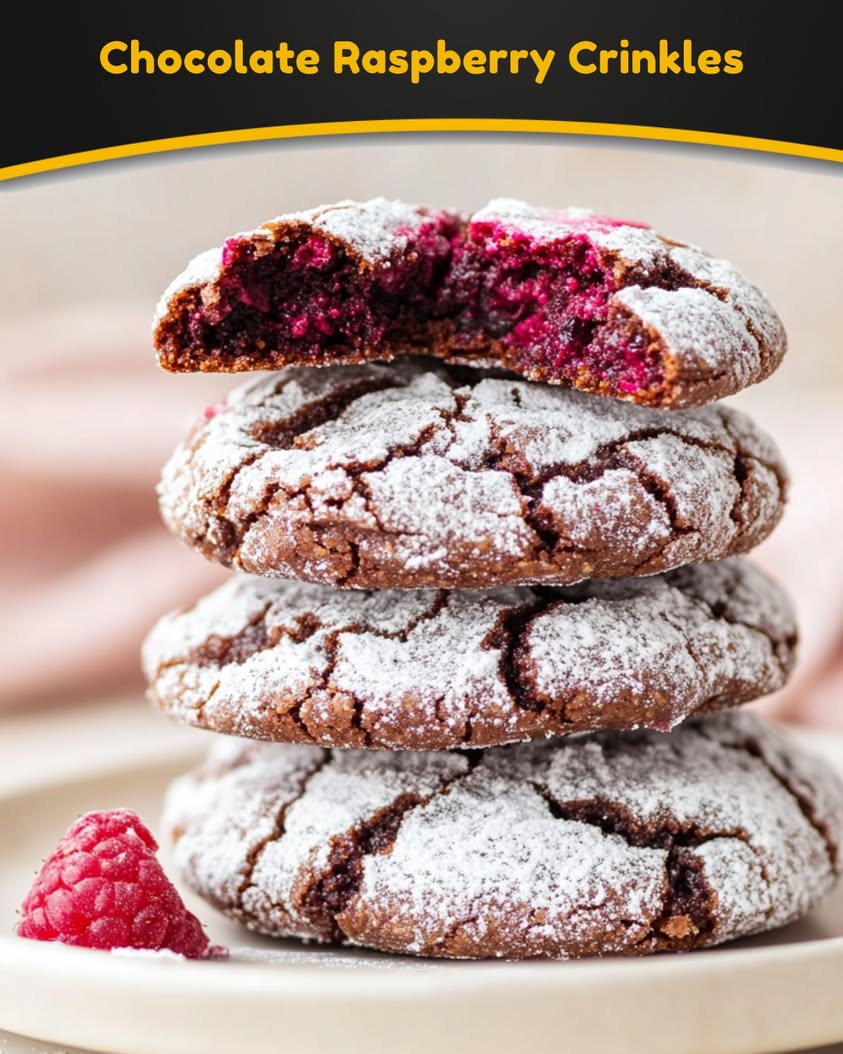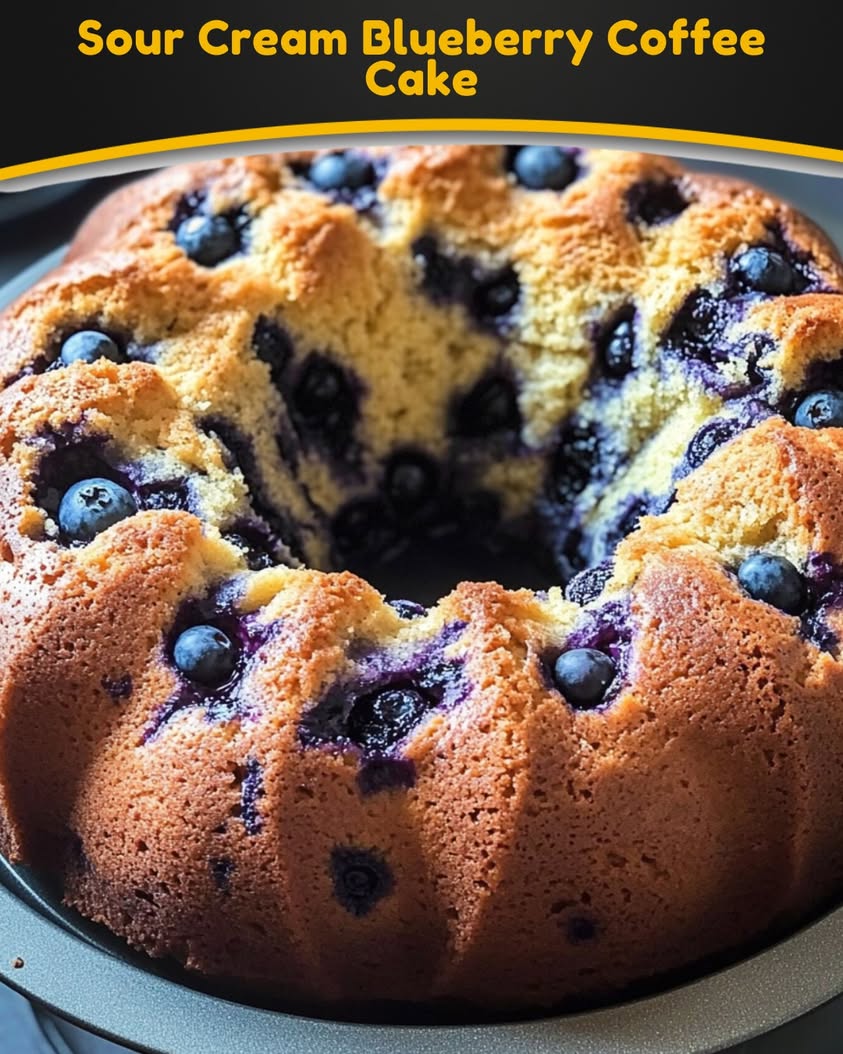Cinnamon-Sugar Air Fryer Banana Chips: The Perfect Crispy Snack
Who’s ready for a crispy, sweet, and healthy snack that’s ready in minutes? These Cinnamon-Sugar Air Fryer Banana Chips are not only delicious but also offer a guilt-free way to satisfy your cravings. Imagine biting into a perfectly crisp slice of banana, coated with a hint of cinnamon and sugar, providing a delightful contrast to its creamy interior. Perfect for snacking or as a topping for yogurt or oatmeal, this recipe is a must-try for banana lovers!
Creating these banana chips in the air fryer allows you to enjoy that satisfying crunch without the need for frying. The cooking process enhances the natural sweetness of the bananas and caramelizes the sugar and cinnamon, creating an irresistible blend of flavors. Whether you’re looking for a quick snack to satisfy your sweet tooth or a nutritious treat to share with friends, these banana chips will not disappoint.
Quick Recipe Highlights
- Flavor Profile: The sweet and warm cinnamon pairs beautifully with the natural sweetness of the bananas, creating an irresistible blend that tantalizes your taste buds.
- Texture: The exterior is irresistibly crispy, while the inside remains soft, offering a delightful contrast that makes each bite satisfying.
- Aroma: Expect your kitchen to fill with the warm, comforting aroma of cinnamon as the banana chips cook, inviting everyone to gather around.
- Visual Appeal: Golden-yellow slices with a hint of cinnamon sugar make these banana chips not only tasty but also beautiful—ideal for impressing guests.
- Skill Level Needed: This recipe is extremely beginner-friendly, making it suitable for home cooks of all skill levels.
- Special Equipment: You’ll need an air fryer, which makes this recipe quick and easy without the mess of traditional frying.
Recipe Overview
- Difficulty Level: This Cinnamon-Sugar Air Fryer Banana Chip recipe is rated easy. The steps involve simple slicing and air frying, making it perfect for novice cooks.
- Category: This recipe falls under snacks, great for afternoon munchies or party appetizers.
- Cuisine: While the idea of frying bananas exists in various cuisines, the air fryer adaptation adds a modern twist, reflecting contemporary health trends.
- Cost: The ingredients are inexpensive, with bananas being affordable staples in most homes, making this recipe budget-friendly.
- Season: Bananas are available year-round, so you can enjoy these anytime. They’re particularly refreshing in warmer months.
- Occasion: Perfect for birthday parties, movie nights, or casual weekends when you crave something sweet yet healthy.
Why You’ll Love This Recipe
If you’re a fan of all things sweet and crispy, you’re going to fall head over heels for these air fryer banana chips. Each bite combines the natural sweetness of the bananas with the delicate crunch delivered by the air fryer, resulting in an irresistible snack. Unlike store-bought snacks laden with preservatives, these chips are free from harmful additives, offering a healthier alternative that doesn’t compromise on taste.
In addition to their delightful flavor, these chips come together incredibly quickly, making them a lifesaver on busy days when you want a healthy snack without any complicated preparation. Simply slice the bananas, sprinkle with cinnamon sugar, and air fry. It’s as easy as that!
Nutritionally, these banana chips are a powerhouse of energy. Bananas provide a good source of potassium and fiber, which are essential for heart health and digestion. The cinnamon not only adds flavor but also has numerous health benefits, including anti-inflammatory properties.
They also serve as excellent snacks for social gatherings or family get-togethers, as they’re easily shareable and enjoyably fun to eat. Their sweet flavor profile will appease even the pickiest of eaters, making them a hit at any event.
Moreover, with their affordable ingredients, banana chips show you don’t need to break the bank to enjoy a delicious and healthy snack. Incorporating these into your diet is both accessible and budget-friendly.
Historical Background and Cultural Significance
The origin of banana chips can be traced back to various tropical regions where bananas are cultivated. They have been a popular snack in many cultures, particularly in countries like the Philippines, where they are often fried and enjoyed as a street food delicacy. Over time, the method of preparing banana chips has evolved, and healthier methods like air frying have gained popularity.
In many cultures, bananas symbolize happiness and prosperity, making banana chips not just a snack but also a treat associated with good luck. The crispiness of banana chips has created a niche in snack culture, providing a crunchy alternative to regular potato chips.
The evolution of banana chips reflects a broader shift towards healthier snacking options, leading to innovations such as making them in an air fryer. This method preserves the banana’s natural sweetness while offering a guilt-free crunch that appeals to health-conscious snacking.
In addition to their historical roots, banana chips have various regional adaptations, with each area adding unique flavors and spices. From sweet to savory, they continue to be a beloved treat across the globe.
Ingredient Deep Dive
Bananas: Bananas, a staple fruit, have been consumed for thousands of years, originating from Southeast Asia. They are not only delicious but also extremely nutritious, providing essential vitamins and minerals such as Vitamin C, B6, and potassium. When selecting bananas for your chips, opt for ripe but firm bananas to ensure the best flavor and texture. Store them at room temperature, away from direct sunlight. If you have overripe bananas, they can still be used, and their sweetness will enhance the flavor of the final product.
Cinnamon: This aromatic spice has a rich history and is known for its health benefits, including anti-inflammatory properties and antioxidant effects. In the culinary world, cinnamon is often used to add warmth and sweetness to dishes. When selecting cinnamon, look for Ceylon cinnamon for a more delicate flavor or Cassia cinnamon for a stronger kick. Store cinnamon sticks whole and ground cinnamon in an airtight container to preserve freshness. Ground cinnamon can also be substituted with other spices, like nutmeg or pumpkin spice, for diverse flavor profiles.
Common Mistakes to Avoid
- Using overly ripe bananas: While they’re sweeter, these may become mushy in the air fryer, resulting in an undesirable texture.
- Not preheating the air fryer: Failing to preheat can lead to uneven cooking and soggy chips.
- Overcrowding the basket: This prevents proper air circulation, leading to unevenly cooked banana chips.
- Not adjusting the temperature: Cooking at too high a temperature can cause the sugar to burn before the bananas are crispy.
- Skipping the cinnamon-sugar mixture: This adds crucial flavor; don’t omit or under-season!
- Using non-fresh ingredients: Make sure your spices are fresh for maximum flavor impact.
- Not slicing bananas thin enough: Thicker slices will take longer to cook and may remain chewy rather than crispy.
- Ignoring cook times: Every air fryer is different; monitor closely to avoid burnt chips.
- Forgetting to shake the basket: Shaking helps ensure even cooking and prevent sticking.
- Storing improperly: If not stored correctly, your chips may lose their crispiness quickly.
Essential Techniques
Air Frying: This cooking method uses a fan to circulate hot air, creating a crispy texture with minimal oil. To master air frying, make sure to adjust your temperature and timing according to your air fryer’s specifications. Common pitfalls include overcrowding the basket and not shaking it halfway through cooking to ensure even results. You’ll know you’ve succeeded when your chips are crisp and golden brown.
Cutting Bananas Evenly: Uniform slicing of bananas not only ensures even cooking but also provides a consistent texture in each chip. Use a sharp knife for clean cuts, and aim for slices about 1/8 inch thick. Visual cues for success include evenly colored slices and consistent thickness, which you can easily achieve with a mandoline slicer.
Pro Tips for Perfect Cinnamon-Sugar Air Fryer Banana Chips
1. For added flavor, sprinkle a pinch of sea salt along with the cinnamon-sugar mixture. The contrast between sweet and salty enhances the overall taste.
2. Experiment with different spices, such as nutmeg or cardamom, to create your unique twist on traditional banana chips.
3. For a richer flavor, use brown sugar instead of white sugar in your cinnamon-sugar mix.
4. Make sure to use fresh, ripe bananas for the best flavor and texture in your chips.
5. Allow the banana chips to cool completely before storing to help maintain their crispiness.
6. If you prefer a sweeter chip, let the sliced bananas sit with sugar for a few minutes before cooking to draw out their natural juices.
7. Serve these chips with a dip, like yogurt or chocolate, for a delightful snack that feels indulgent.
8. Keep an eye on them in the last few minutes of cooking to achieve your desired level of crispness without burning.
Variations and Adaptations
You can explore various regional variations of banana chips by incorporating local spices or flavors. For example, adding a light dusting of coconut flakes before air frying introduces a tropical flair to your chips. In seasonal adaptations, consider infusing pumpkin spice for a fall twist during the harvest season. Dietary modifications can tailor this recipe for specific needs; for example, using coconut sugar for a deeper caramel flavor or adjusting the sweetness level based on dietary restrictions.
For a texture twist, try coating the banana chips in a mixture of almond or oat flour for a different crunch. Consider presentation alternatives, like stacking them in charming jars or serving on a colorful platter with drizzles of honey or maple syrup for added appeal.
Serving and Presentation Guide
When plating your Cinnamon-Sugar Air Fryer Banana Chips, consider using small bowls or plates to create an appealing display. Layer them attractively or fan them out to show off their golden deliciousness. garnishing ideas might include sprinkling fresh cinnamon on top or pairing with fresh mint for a pop of color.
For traditional accompaniments, serve with a side of yogurt or tapenade to enhance the flavor experience. Modern serving suggestions could include pairing them with a small glass of ginger ale or iced tea. Remember to keep them at room temperature, as they lose their crispness when served warm. Practicing portion control by serving them in individual cups can help manage snacking while ensuring everyone gets their fair share.
Wine and Beverage Pairing
Pair your Cinnamon-Sugar Banana Chips with a sweet Riesling or a light sparkling wine that complements their sweetness without overpowering it. For non-alcoholic alternatives, consider pairing with a refreshing iced tea or lemonade for a bright contrast. The sweetness of the chips will also harmonize beautifully with coffee or chai, creating a lovely pairing to enjoy while snacking.
Temperature should be kept cool when serving beverages as chilled drinks effectively balance out the warmth of freshly made banana chips.
Storage and Shelf Life
For optimal storage, keep banana chips in an airtight container at room temperature. They’ll stay fresh for about 3-5 days. If you notice them becoming soft, simply pop them back into the air fryer for a few minutes to restore their crispness. Check for signs of spoilage, such as a change in color or unpleasant odors.
If you opt to freeze any leftovers, be sure to layer them between parchment paper to prevent sticking. When ready to enjoy, simply reheat them in a preheated air fryer for a few minutes until crisp.
Make Ahead Strategies
If you want to prepare ahead, slice bananas, mix your cinnamon-sugar, and store them in the fridge for up to 24 hours. On cooking day, you can quickly air fry them without any additional prep. As for storage between steps, you can store the sliced bananas in lemon juice to prevent browning.
Assessing the quality impact is crucial; prepare them fresh when possible for the best texture. If preparing in advance, consider assembling all components the day before to maintain freshness. If you want to add fresh elements like nuts or berries, do so just before serving to prevent sogginess.
Scaling Instructions
If you’re halving the recipe, simply divide the number of bananas and the cinnamon-sugar mixture accordingly. For doubling or tripling, you might need to cook in batches as the capacity of your air fryer will dictate cook times and crispness. When scaling, consider adjusting timing as cooking larger quantities may require additional time.
Always test a few extra chips if unsure of timing and remember to store any excess properly to keep them fresh for later enjoyment.
Nutritional Deep Dive
Cinnamon-Sugar Air Fryer Banana Chips are not only delicious but also wholesome. A medium banana typically contains around 105 calories, providing a rich source of dietary fiber and potassium that aids in digestion and heart health. The addition of cinnamon introduces beneficial antioxidants that may help reduce inflammation and regulate blood sugar levels.
Pay attention to portion sizes when snacking, as the energy density can add up quickly if you consume too many chips. For those watching their weight, these chips can fit into a balanced diet, especially when made at home with controlled ingredients.
Critical to weight management is the balance of snacks; enjoy these chips occasionally and pair them with proteins or healthy fats for a more filling snack routine.
Dietary Adaptations
For gluten-free adaptations, this recipe is naturally gluten-free as bananas and cinnamon do not contain gluten. For vegan options, you can opt for plant-based toppings or dips without compromising flavor. If following a low-carb, keto, or paleo diet, simply reduce the sugar in the cinnamon-sugar mix or skip it altogether for a more natural, fruit-forward taste.
Low-FODMAP diets can also adapt this recipe with careful portion control of bananas. As for other specific diets, substitutions are easy, allowing a versatile approach to accommodate various dietary needs while still enjoying these tasty snack chips.
Troubleshooting Guide
If your banana chips turn out too chewy, they may have been sliced too thick or not cooked long enough. To resolve this, slice them thinner and adjust the cooking time. If they burn, this may be due to cooking at too high a temperature; lower the heat and monitor closely in future attempts.
If there’s a flavor imbalance, consider adding a touch more cinnamon or sugar and tasting along the way. For ingredient substitutions, be cautious of how different sugars or spices may affect taste and texture.
Lastly, if you encounter equipment challenges, consult your air fryer’s manual for adjustments based on your make and model to ensure successful cooking every time.
Recipe Success Stories
Many readers have shared their success stories after trying this Cinnamon-Sugar Air Fryer Banana Chips recipe. Several family gatherings became more vibrant when families discovered the delightful nature of this crispy snack, leading to personal twists like adding a dash of cayenne for heat. Feedback on social media highlights how easy and fun it was to create together with children, enhancing family bonding.
Adaptation stories share insights into how various spices can be incorporated into the mix, showcasing personalization that meets every home cook’s flavors. Photography tips from readers suggest using white plates to make the golden hue of the banana chips pop brilliantly, capturing the attention of viewers online.
Frequently Asked Questions
Using frozen bananas is not recommended as they tend to become mushy once thawed, which can affect the texture of the chips. It’s best to use fresh bananas for optimal results.
2. How do I store leftover banana chips?
After they cool down completely, store the banana chips in an airtight container at room temperature. They will last for around 3-5 days while keeping their crispy texture.
3. Can I make these banana chips without an air fryer?
Yes! You can bake them in the oven at a low temperature, but keep in mind the cooking time may vary. Spread them out on a baking sheet lined with parchment paper and flip halfway through baking.
4. Are there any healthy modifications I can make to the recipe?
Absolutely! You can reduce the amount of sugar used, experiment with stevia or monk fruit sweeteners, and even opt for coconut sugar for a healthier alternative.
5. What can I pair these banana chips with?
These chips are fantastic when paired with yogurt, smoothies, or even as a topping for pancakes or oatmeal. Feel free to get creative!
6. Is this recipe suitable for kids?
Yes! This recipe is kid-friendly as they can help with sprinkling the cinnamon-sugar mix and arranging the chips in the air fryer, making it a fun family activity.
7. How can I add more flavor to the chips?
You can infuse different flavors such as vanilla extract, cocoa powder, or other spices to enhance the flavor profile and create a unique spin on the recipe.
8. Can the recipe be doubled?
Yes! You can easily double or triple the recipe, however, make sure to not overcrowd the air fryer basket as it may affect even cooking.
9. What if my banana chips taste soggy?
This can happen if they are not sliced thin enough or if they were overcrowded in the air fryer. For the best results, slice them uniformly and ensure proper air flow.
10. Can these chips be made in advance?
Yes, you can prepare the sliced bananas and the cinnamon-sugar mixture ahead of time; just store them in the fridge until you’re ready to air fry for the best crispiness.
Additional Resources
Explore related recipes that feature bananas, such as banana bread, smoothies, or oatmeal bowls. Delve into technique guides that offer more insights into air frying or tips on how to select the best ingredients, especially fruits. For equipment recommendations, consider investing in high-quality air fryers that allow for versatile cooking and provide consistent results.
Seasonal variations can also inspire new ways to use these banana chips; for fall, consider integrating apple slices with similar cinnamon sugar for a harvest-inspired snack.
Join the Conversation
We invite you to share your experiences with making these Cinnamon-Sugar Air Fryer Banana Chips! Post your comments, variations, and success stories on social media. If you have some photography tips to sharpen the presentation of snacks, we’d love to hear them. Engage with our community, and let’s celebrate our love for healthy yet delicious snacks together!
The Recipe
Cinnamon-Sugar Air Fryer Banana Chips
Serves: 2-4 servings
Prep Time: 5 mins
Cook Time: 10 mins
Total Time: 15 mins
Kitchen Equipment Needed
- Air fryer
- Sharp knife or mandoline slicer
- Mixing bowl
- Parchment paper (optional)
Ingredients
- 2-3 medium ripe bananas
- 1/4 cup granulated sugar
- 1 tsp ground cinnamon
Directions
- Start by preheating your air fryer to 350°F (175°C).
- Peel the bananas and slice them thinly, about 1/8 inch thick.
- In a mixing bowl, combine sugar and ground cinnamon.
- Gently toss the banana slices in the cinnamon-sugar mixture until well coated.
- Arrange banana slices in a single layer in the air fryer basket. Avoid overcrowding.
- Air fry for 8-10 minutes, shaking the basket halfway through for even cooking.
- Once they are golden brown and crispy, remove them from the air fryer and let cool.
- Serve and enjoy as a snack!
Recipe Notes
- Store banana chips in an airtight container at room temperature for 3-5 days.
- Feel free to experiment with different spices in the sugar mix for unique flavors.
- Make it more decadent by drizzling with chocolate after air frying.
